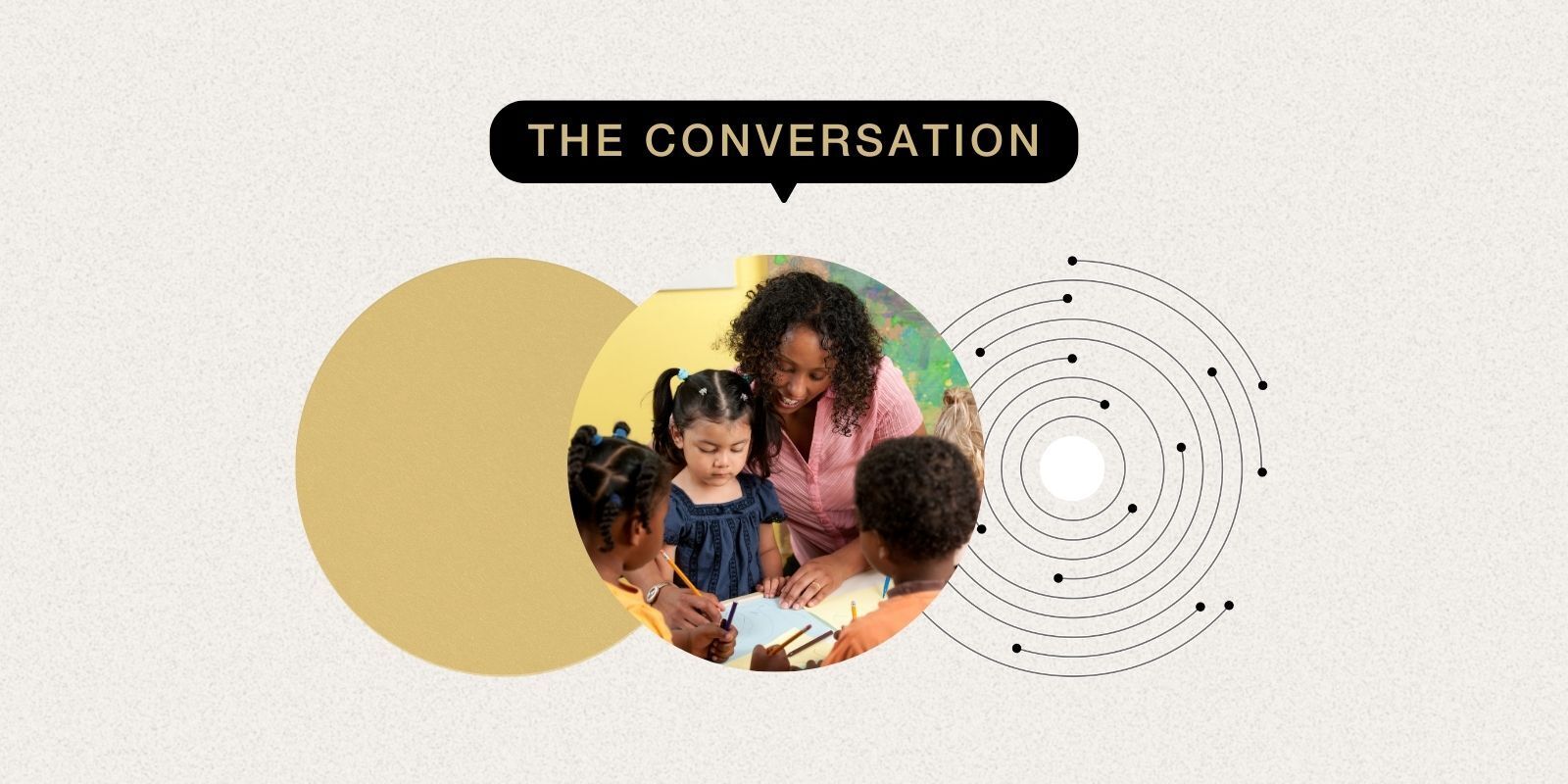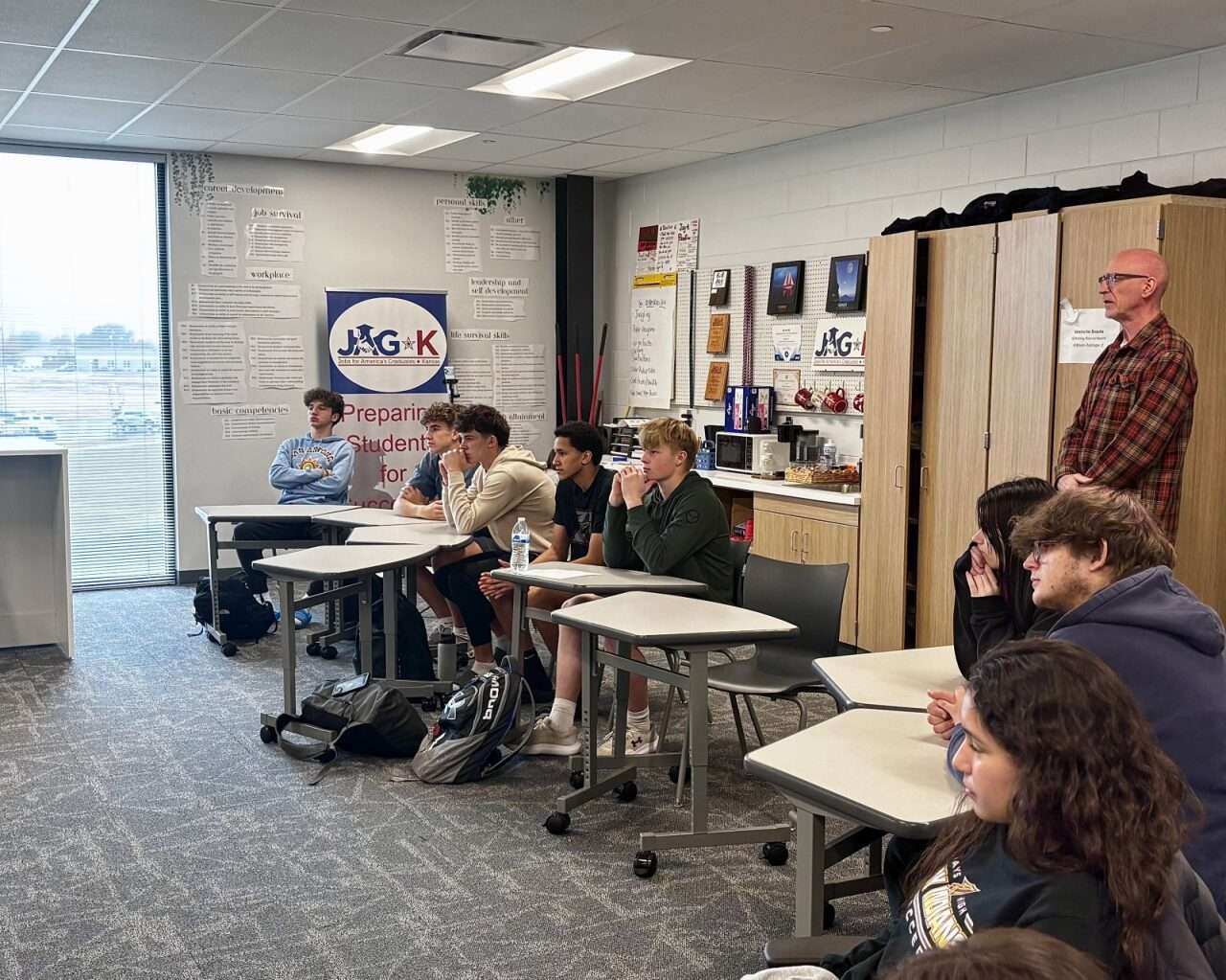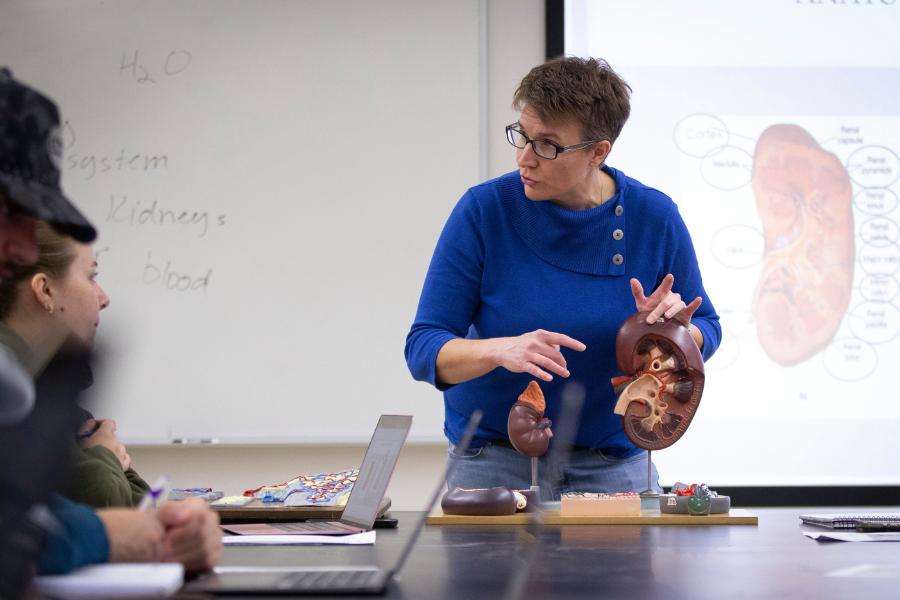Tales from the Archives: School of Education Celebrates 75 Years of Master’s Students – Newsroom | University of St. Thomas

A 75-Year Legacy in Education: A Report on the St. Thomas School of Education’s Alignment with Sustainable Development Goals
Introduction: Foundational Commitment to Quality Education (SDG 4)
The establishment of the first graduate program at the College of St. Thomas in 1950 marked the beginning of a 75-year legacy dedicated to advancing educational excellence. This initiative, originating from a 1921 undergraduate teacher education program, has evolved into a comprehensive School of Education. Its history demonstrates a consistent commitment to the principles of the United Nations Sustainable Development Goals (SDGs), primarily SDG 4 (Quality Education), by preparing qualified educators and leaders to foster inclusive and equitable learning environments.
Early Milestones: Promoting Gender Equality and Lifelong Learning (SDG 5 & SDG 4)
The initial Master of Education program was instrumental in addressing post-war demand for educators with advanced credentials. Its design reflected a forward-thinking approach to accessibility and inclusivity.
- Accessibility for Working Professionals: By offering evening, weekend, and summer courses, the program provided lifelong learning opportunities for employed teachers, a key target of SDG 4.
- Advancing Gender Equality: The program was one of the institution’s first coeducational offerings. The graduation of Sister Mary Leonilla Wolfe in 1952 and Sister Maria Stephen Lamm in 1957 represents significant progress toward SDG 5 (Gender Equality), empowering women to achieve advanced degrees and assume leadership roles in educational administration.
Strategic Expansion: Enhancing Educational Capacity and Reducing Inequalities (SDG 4 & SDG 10)
The School of Education has consistently expanded its offerings to meet evolving societal needs, thereby strengthening the educational infrastructure and addressing systemic inequalities.
- Diversification of Programs (1960s): The introduction of master’s degrees in Guidance and Counseling and Developmental Reading, followed by Educational Specialist (EdS) degrees, directly contributed to SDG Target 4.c by increasing the supply of qualified and specialized educators.
- Educational Outreach Program (1974): This initiative extended graduate courses to communities across Minnesota, the U.S., and internationally. This model directly addresses SDG 10 (Reduced Inequalities) by removing geographical barriers and ensuring equitable access to quality higher education for educators in diverse locations.
- Doctor of Education (EdD) in Educational Leadership (1987): The EdD program was designed to cultivate leadership across multiple sectors, including education, business, and public service. This aligns with SDG 4 by promoting skills for sustainable development and contributes to SDG 16 (Peace, Justice, and Strong Institutions) by preparing leaders capable of building effective and inclusive societal institutions.
Modern Initiatives: Fostering Inclusive Pathways and Strategic Partnerships (SDG 10, SDG 16, & SDG 17)
In recent decades, the School of Education has intensified its focus on creating equitable pathways into the teaching profession and building strong community partnerships.
Key Programs and Partnerships:
- Collaborative Urban Educator (CUE) Program (1990): This program was launched to create teacher licensure pathways for individuals from underrepresented populations, directly supporting SDG 10 (Reduced Inequalities) by diversifying the educator workforce.
- Minnesota Institute for Trauma-Informed Education (MITIE) (2021): The founding of MITIE addresses the need for safe and supportive learning environments, a critical component of SDG 4. This work also supports SDG 16 by fostering peaceful and inclusive communities through trauma-engaged educational practices.
- ‘Grow Your Own’ Programs: These residency and work-and-learn models provide affordable and flexible pathways for prospective teachers from diverse backgrounds, further advancing the goals of SDG 10.
- Collaborative Learning School with Maxfield Elementary (2023): This partnership exemplifies SDG 17 (Partnerships for the Goals). It creates a symbiotic relationship for preparing new teachers, developing best practices, and providing professional development, ultimately enhancing the quality of education for all students involved.
Conclusion: A Legacy Aligned with Global Goals
From its inception with 30 students in 1950 to its current multifaceted role, the St. Thomas School of Education has demonstrated a profound and sustained impact on the educational landscape. Its 75-year history is a testament to its role as a key contributor to achieving a more sustainable and equitable future through education. The school’s evolution and initiatives show a clear and consistent alignment with the following Sustainable Development Goals:
- SDG 4: Quality Education
- SDG 5: Gender Equality
- SDG 10: Reduced Inequalities
- SDG 16: Peace, Justice, and Strong Institutions
- SDG 17: Partnerships for the Goals
Analysis of Sustainable Development Goals in the Article
1. Which SDGs are addressed or connected to the issues highlighted in the article?
-
SDG 4: Quality Education
The entire article is centered on the establishment, growth, and evolution of the School of Education at the College of St. Thomas. It details the 75-year legacy of creating programs to prepare educators and leaders, which directly aligns with the goal of ensuring inclusive and equitable quality education and promoting lifelong learning opportunities.
-
SDG 5: Gender Equality
The article highlights the university’s early commitment to gender equality in higher education. It states that the inaugural Master of Education program in 1950 was one of the “earliest coeducational offerings” and specifically celebrates Sister Mary Leonilla Wolfe as the “first woman ever to earn a Master of Education degree” from the institution in 1952. This demonstrates a direct connection to achieving gender equality and empowering women through education.
-
SDG 10: Reduced Inequalities
The article describes specific initiatives aimed at increasing access to the teaching profession for marginalized groups. The launch of the “Collaborative Urban Educator (CUE) program” in 1990 to support “individuals from underrepresented populations” and the creation of “‘Grow Your Own’ programs” for “prospective teachers from underrepresented backgrounds” are direct actions to reduce inequalities and promote social inclusion.
2. What specific targets under those SDGs can be identified based on the article’s content?
-
Target 4.3: Ensure equal access for all women and men to affordable and quality technical, vocational and tertiary education, including university.
The article’s focus on the creation and expansion of master’s and doctoral programs (tertiary education) directly relates to this target. The mention of the program being “coeducational” from its inception in 1950, with both “men and women” enrolling, explicitly supports the “equal access for all women and men” component of the target.
-
Target 4.5: Eliminate gender disparities in education and ensure equal access to all levels of education and vocational training for the vulnerable.
This target is addressed through the article’s description of programs like the CUE and ‘Grow Your Own’ initiatives, which were established to create “pathways to teacher licensure for individuals from underrepresented populations in Minnesota.” This shows a clear effort to ensure equal access for vulnerable or marginalized groups.
-
Target 4.c: Substantially increase the supply of qualified teachers.
The primary purpose of the School of Education, as described in the article, is the preparation of educators. The narrative of its growth, from its first graduate program to a diverse array of offerings, and the expansion of its reach through the “Educational Outreach Program” all contribute to increasing the supply of qualified teachers and administrators for schools.
-
Target 5.5: Ensure women’s full and effective participation and equal opportunities for leadership.
By offering advanced degrees, the university enabled women to gain qualifications for leadership roles. The article notes that Sister Maria Stephen Lamm became the first person to receive a “Master of Secondary School Administration” in 1957, a degree that directly prepares individuals for leadership positions within the education system, thus promoting equal opportunities for leadership.
-
Target 10.2: Empower and promote the social, economic and political inclusion of all, irrespective of… race, colour, ethnicity, origin… or other status.
The article’s reference to the CUE program and ‘Grow Your Own’ programs, which provide “affordable, flexible pathways for prospective teachers from underrepresented backgrounds,” is a direct example of an initiative designed to empower and promote the inclusion of these groups within the teaching profession.
3. Are there any indicators mentioned or implied in the article that can be used to measure progress towards the identified targets?
-
Enrollment Numbers: The article provides specific data points on student enrollment, which can be used as an indicator of increased access to tertiary education (Target 4.3) and the growing supply of teachers (Target 4.c).
- “about 30 men and women enrolled” in 1950.
- “Enrollment soared to more than 700 students by 1979.”
- “enrollment grew to 1,175 students” by the time the school moved to the Minneapolis campus.
-
Program Development and Diversity: The expansion of degree offerings is an indicator of the institution’s response to the need for qualified professionals with specialized skills.
- The article mentions the addition of master’s degrees in “Guidance and Counseling” and “Developmental and Remedial Reading” by 1961, and the “Doctor of Education in Educational Leadership (EdD)” in 1987.
-
Inclusion of Women: The article provides qualitative and milestone indicators for gender equality (Target 4.5 and 5.5).
- The program was one of the “earliest coeducational offerings.”
- Sister Mary Leonilla Wolfe became the “first woman ever to earn a Master of Education degree” in 1952.
-
Establishment of Inclusive Programs: The creation of specific programs for underrepresented groups serves as a key indicator of efforts to reduce inequalities (Target 4.5 and 10.2).
- The launch of the “Collaborative Urban Educator (CUE) program” in 1990.
- The introduction of “‘Grow Your Own’ programs.”
4. Table of SDGs, Targets, and Indicators
| SDGs | Targets | Indicators Identified in the Article |
|---|---|---|
| SDG 4: Quality Education |
4.3: Ensure equal access for all women and men to affordable and quality tertiary education.
4.c: Substantially increase the supply of qualified teachers. |
|
| SDG 5: Gender Equality | 5.5: Ensure women’s full and effective participation and equal opportunities for leadership. |
|
| SDG 10: Reduced Inequalities |
10.2: Empower and promote the social, economic and political inclusion of all.
(Related to Target 4.5: Eliminate disparities in education) |
|
Source: news.stthomas.edu
What is Your Reaction?
 Like
0
Like
0
 Dislike
0
Dislike
0
 Love
0
Love
0
 Funny
0
Funny
0
 Angry
0
Angry
0
 Sad
0
Sad
0
 Wow
0
Wow
0
















































:focal(1500,1000)/https://media.globalcitizen.org/a6/9a/a69a4720-d8a1-4715-b596-18738d03c05c/rotary_polio_hero_image.jpg?#)







/countries/sri-lanka/photo-credit---dmc-sri-lanka.tmb-1200v.jpg?sfvrsn=dc298bcc_1#)



















